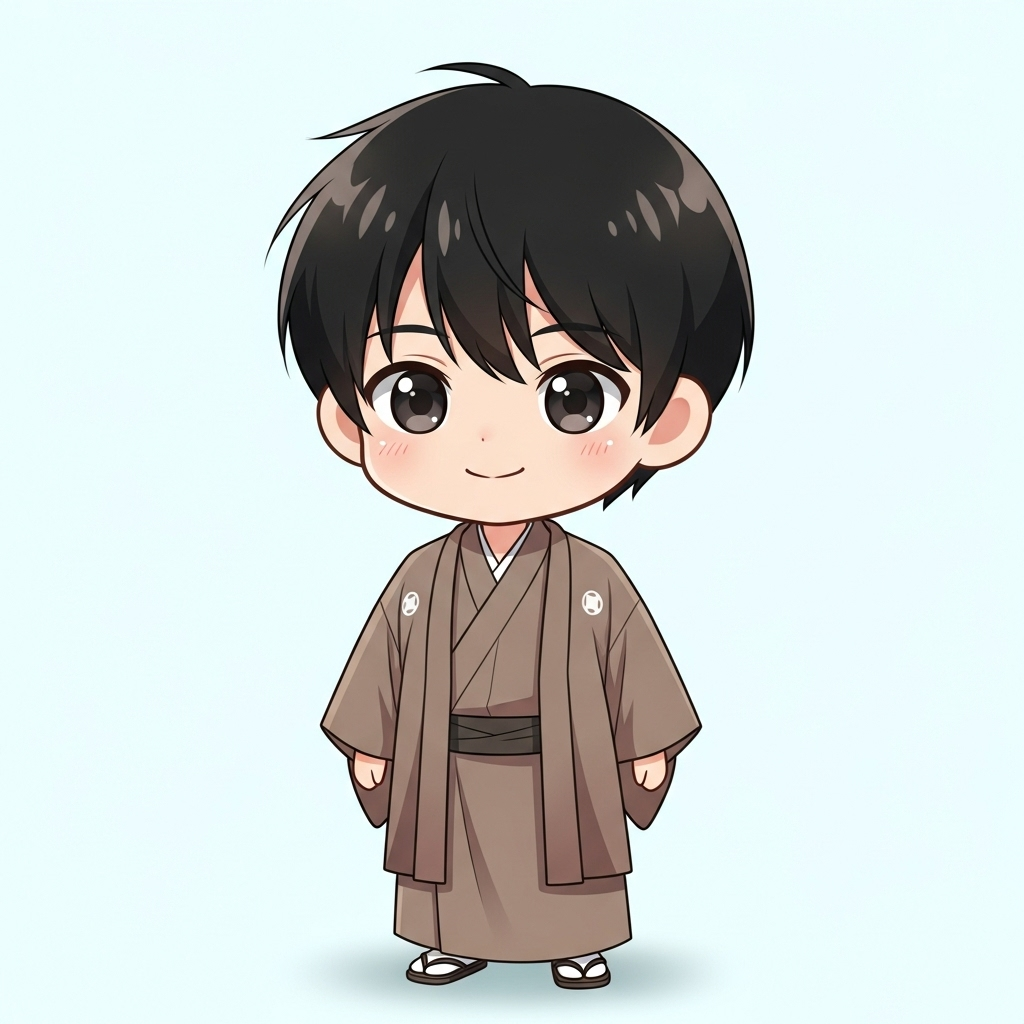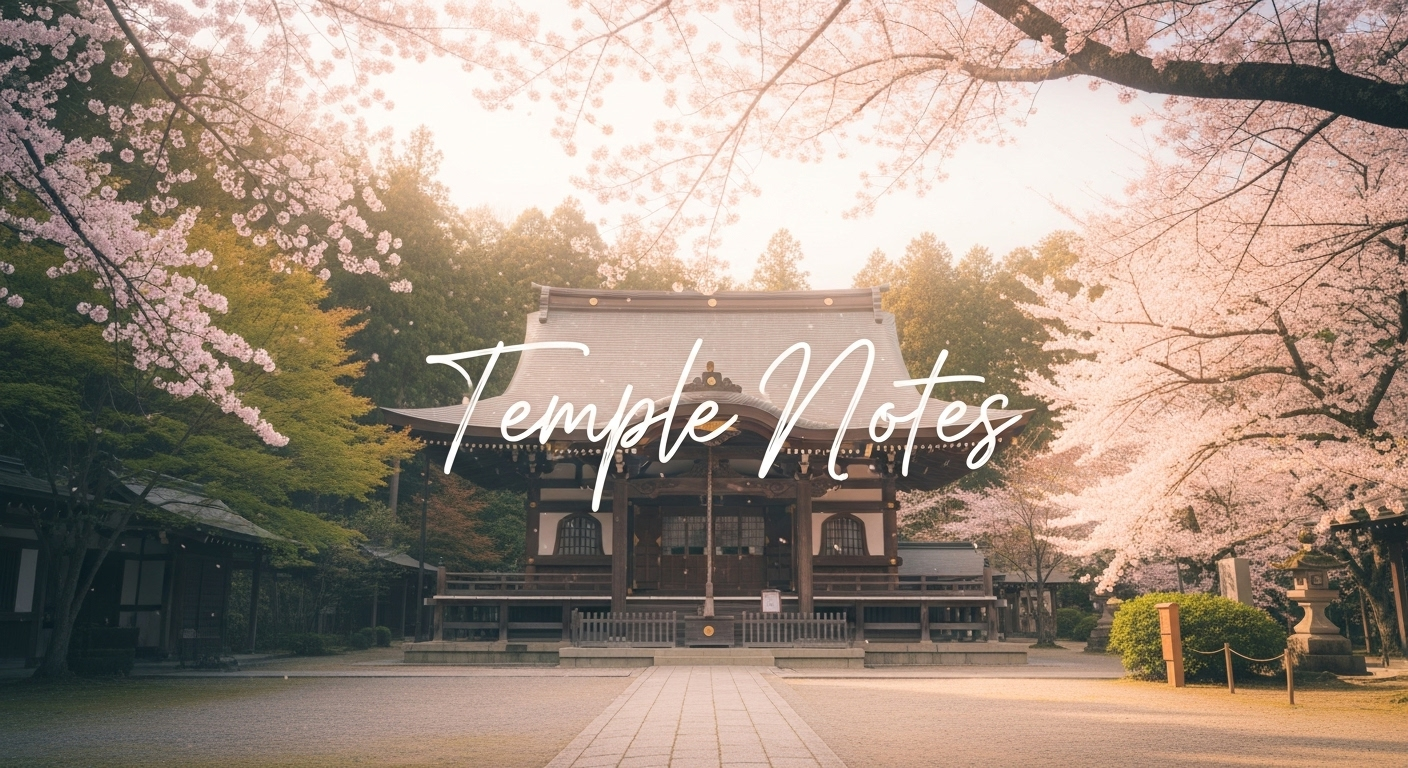If you’ve been researching popular spots in Kamakura and found yourself wondering, “What kind of temple is Jomyo-ji? What’s worth seeing there?”, here’s the answer: Jomyo-ji is a historic Zen temple where you can enjoy seasonal natural beauty, elegant architecture, and even a special tea experience within its grounds. It’s one of Kamakura’s hidden gems. In this article, we’ll dive into the temple’s history, key features, must-see spots, ways to enjoy your visit, and how to get there. By the end, you’ll have a new destination for your Kamakura itinerary.
What is Jomyo-ji? History and Overview
Founding and Historical Background
Jomyo-ji, located in the Jomyoji district of Kamakura, is a temple of the Rinzai sect, Kencho-ji branch, founded in 1188. It is said to have been established by Ashikaga Yoshikane, a retainer of Minamoto no Yoritomo. Over the centuries, it has endured multiple fires and wars, being rebuilt each time. This layered history has left traces of different architectural styles, making it a place where visitors can feel the flow of time in Kamakura.
Position in the Kamakura Gozan Ranking
During the Kamakura period, Jomyo-ji was ranked fifth in the “Kamakura Gozan” — the Five Great Zen Temples of Kamakura. This ranking reflects its prestige and historical importance, as well as its role as a center of learning and training for monks and scholars.
Atmosphere and Characteristics of the Grounds
The temple grounds are known for their calm and serene atmosphere. Throughout the year, seasonal flowers and trees enhance its beauty — cherry blossoms in spring, vibrant foliage in autumn. Compared to other Kamakura attractions, it tends to be less crowded, allowing for a more relaxed visit.
Highlights of Jomyo-ji
The Sanmon Gate and Main Hall
Walking along the approach, visitors are greeted by the imposing Sanmon Gate. Passing through, the Main Hall stands in view — simple in design yet full of dignity. Inside, the principal image of Shakyamuni Buddha is enshrined, offering both historical value and spiritual peace.
The Karesansui Garden and Seasonal Scenery
Behind the Main Hall lies a beautiful karesansui (dry landscape) garden, composed of rocks, sand, and moss. The scenery changes with the seasons and time of day, with spring greenery and autumn leaves creating particularly striking backdrops.
The On-site Café “Ishigama Garden Terrace”
Within the temple grounds, the “Ishigama Garden Terrace” café operates inside a renovated Western-style house. Visitors can enjoy freshly baked bread and lunches while overlooking the garden — a perfect rest spot during sightseeing.
Bamboo Grove and Walking Paths
At the back of the grounds, a bamboo grove offers a peaceful walking path. The soft rustle of bamboo leaves and the filtered sunlight create a soothing, meditative environment.
A Popular Photo Spot
The bamboo grove, garden, and Sanmon Gate are well-loved photo spots. Early morning, when soft light filters in, is the best time to capture these scenes at their most picturesque.
Experiences at Jomyo-ji
Tea Ceremony and Zen Time
A tea house overlooking the garden offers matcha tea in a quiet setting. It’s a moment to step away from everyday noise and experience the essence of Zen.
Seasonal Events and Festivals
Throughout the year, Jomyo-ji hosts seasonal events and special openings. In spring and autumn, tea gatherings and garden viewings allow visitors to enjoy the temple in a seasonal context.
Calligraphy and Zazen Sessions
Although not held regularly, calligraphy (shakyo) and zazen meditation experiences are occasionally available. Checking official information in advance will help you plan a more engaging visit.
Access to Jomyo-ji
By Train and Bus
From JR Kamakura Station, take a Keikyu Bus for about 10 minutes and get off at “Jomyoji” bus stop, which is right by the temple. On foot, it’s about a 25-minute walk from the station.
By Car and Parking Information
There is a paid parking lot on the temple grounds, but spaces are limited. During peak tourist seasons, public transportation is recommended.
Combining with Nearby Attractions
Nearby, you can visit Hokoku-ji Temple and Sugimoto-dera Temple, among other historic sites. Walking between them offers a pleasant blend of nature and history.
Tips for Visiting Jomyo-ji
Recommended Time and Route
A typical visit to Jomyo-ji takes about 30–60 minutes. If you plan to enjoy the bamboo grove and café, set aside around 90 minutes.
Clothing and What to Bring
Wear comfortable shoes and dress for the season, as the approach and paths may vary in condition depending on the weather.
Best Time to Avoid Crowds
Early mornings right after opening or weekday mornings are the quietest times to explore the grounds in peace.
Conclusion: Experiencing the Serenity and Beauty of Kamakura at Jomyo-ji
Jomyo-ji offers both historical depth and natural beauty, making it a rewarding destination in Kamakura. With highlights such as the Sanmon Gate, gardens, bamboo grove, and on-site café, there’s plenty to enjoy. Its convenient location also makes it easy to pair with nearby attractions. For anyone seeking calm, beauty, and a glimpse into Kamakura’s Zen heritage, Jomyo-ji is a must-visit.
A Message from the Guide

At Ishigama Garden Terrace, you can even enjoy alcohol — it’s fantastic.











Comment